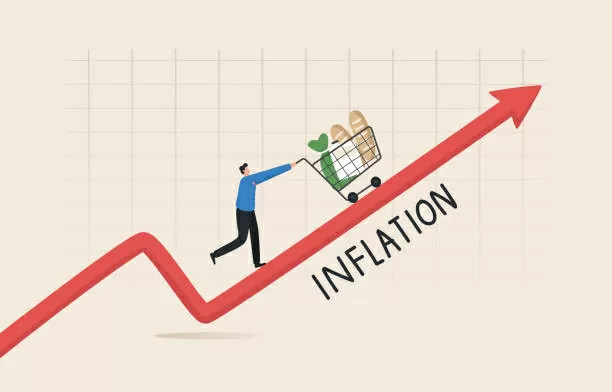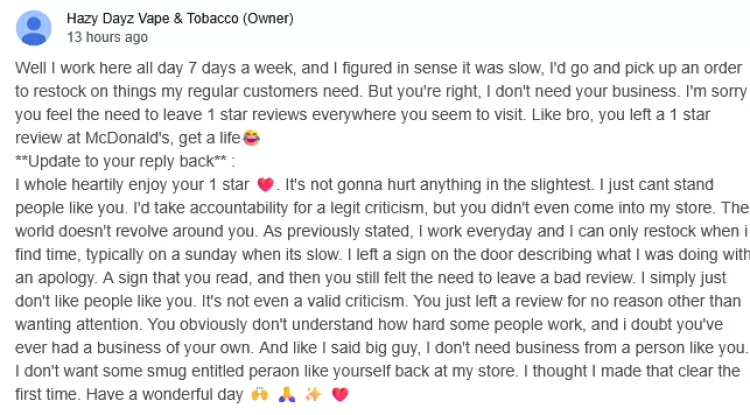Inflation explained
Inflation, the sustained increase in the general price level of goods and services in an economy, is influenced by a variety of factors and agents.

The assertion that politicians are the sole cause of inflation is an oversimplification. Inflation is a complex economic phenomenon influenced by various factors, including but not limited to political decisions. Here are some key contributors to inflation:
-
Monetary Policy: Central banks, such as the Federal Reserve in the United States, play a significant role in controlling inflation through monetary policy, including setting interest rates and regulating money supply.
-
Demand-Pull Inflation: This occurs when demand for goods and services exceeds supply, leading to higher prices. Factors such as economic growth, increased consumer spending, and government spending can contribute to this type of inflation.
-
Cost-Push Inflation: Rising costs of production, such as increases in wages, raw materials, and energy prices, can lead to higher prices for goods and services. Supply chain disruptions and shortages can also cause cost-push inflation.
-
Expectations and Wage-Price Spirals: If businesses and consumers expect higher inflation in the future, they may act in ways that contribute to inflation, such as demanding higher wages or raising prices preemptively.
-
Global Factors: International factors, such as exchange rates, global supply chain issues, and commodity prices, can influence inflation. For example, fluctuations in oil prices can have a significant impact on inflation in oil-importing countries.
-
Fiscal Policy: Government fiscal policy, including taxation and spending decisions, can influence inflation. Large budget deficits and high levels of government spending can contribute to inflationary pressures, but these are often responses to economic conditions rather than sole causes.
While politicians can influence inflation through fiscal policy and regulatory decisions, they are not the only factor. A comprehensive analysis of inflation requires considering the interplay of multiple economic forces.
Here’s a detailed look at the key contributors:
1. Central Banks and Monetary Policy
- Role: Central banks, such as the Federal Reserve in the U.S., the European Central Bank, and others, are primarily responsible for managing inflation through monetary policy.
- Tools: They control the money supply and interest rates. By raising interest rates, central banks can reduce borrowing and spending, cooling down an overheating economy. Conversely, lowering interest rates can stimulate borrowing and spending.
- Impact: Expansionary monetary policy (low interest rates, increased money supply) can lead to higher inflation if it spurs excessive demand. Conversely, contractionary monetary policy can curb inflation but may slow economic growth.
2. Government and Fiscal Policy
- Role: Governments influence inflation through fiscal policy, which includes taxation and government spending.
- Spending: High levels of government spending, especially when funded by borrowing, can increase overall demand in the economy, potentially leading to demand-pull inflation.
- Taxes: Changes in taxation can affect disposable income and spending power. Tax cuts can increase consumer spending, contributing to demand-pull inflation, while tax increases can reduce spending and cool down inflation.
3. Consumers and Businesses
- Consumer Behavior: When consumers expect prices to rise, they may spend more now, increasing demand and contributing to demand-pull inflation.
- Business Decisions: Businesses may raise prices in anticipation of higher costs or demand. Wage increases, particularly if they outpace productivity growth, can lead to higher production costs and prices, contributing to cost-push inflation.
4. Supply Chain and Production Costs
- Raw Material Prices: Increases in the prices of raw materials, such as oil and metals, can lead to higher production costs for a wide range of goods, causing cost-push inflation.
- Labor Costs: Wage increases can lead to higher production costs if not accompanied by increases in productivity.
- Supply Chain Disruptions: Events like natural disasters, geopolitical conflicts, and pandemics can disrupt supply chains, leading to shortages and higher prices for goods and services.
5. Global Factors
- Exchange Rates: Fluctuations in currency values can affect import and export prices. A weaker currency makes imports more expensive, contributing to inflation, while a stronger currency can help keep inflation in check.
- Global Demand and Supply: International demand for commodities and goods can influence domestic inflation. For example, increased global demand for oil can drive up its price, impacting transportation and production costs worldwide.
6. Market Expectations and Speculation
- Inflation Expectations: If businesses and consumers expect higher inflation in the future, they may act in ways that bring about those expectations, such as businesses raising prices and workers demanding higher wages.
- Speculative Activities: Speculation in commodities markets can drive up prices of essential goods like food and energy, leading to higher overall inflation.
7. Economic Policies and Regulation
- Regulatory Environment: Regulations affecting business operations, labor markets, and trade can influence costs and prices. For instance, environmental regulations may increase production costs for certain industries, contributing to cost-push inflation.
- Trade Policies: Tariffs and trade restrictions can increase the cost of imported goods, leading to higher prices for consumers.
Inflation is a multifaceted phenomenon influenced by a combination of monetary and fiscal policies, consumer and business behaviors, global economic conditions, supply chain dynamics, and market expectations. While central banks and governments play significant roles, a wide array of factors and agents collectively shape inflation trends. Understanding the interplay among these various elements is essential for effectively managing and mitigating inflation.
What's Your Reaction?



















